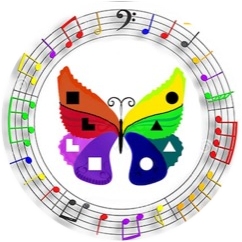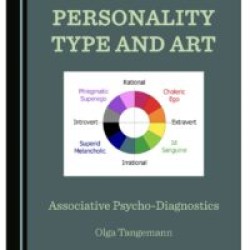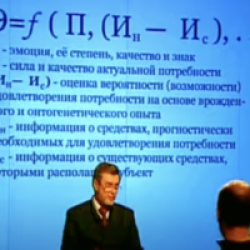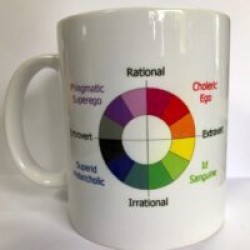To analyze musical works, you should read the link to an article on theory, then the instructions in the title post and on the forum to listen to examples. Then you can consider each song individually or the one that attracted your particular attention in the list of client preferences. As a result, we weigh which signs appeared more and which TPE dominates.
Theory -http://socionics4you.com/post-32?lang=en
Instruction – http://socionics4you.com/post-3713?lang=en
Examples – http://forum.socionics4you.com/index.php/board,34.0.html
Theory -http://socionics4you.com/post-32?lang=en
Instruction – http://socionics4you.com/post-3713?lang=en
Examples – http://forum.socionics4you.com/index.php/board,34.0.html
Further detailed explanation:
First of all, there is an article Associative typology and there is lots of information on the forum in the “Music of 16 types“. I mean the collections of the favourite music of 16 types.
This is a very general description of TPE in music:
TPE Ego in music corresponds to a strong, targeted and controlled energy flow, which is correlated with the characteristics of extraversion, rationality and dynamics.
TPE Id in music corresponds to a strong, uncontrolled and multidirectional energy flow, which is correlated with the characteristics of extraversion, irrationality and statics.
TPE Superego in music corresponds to a weak, targeted, controlled energy flow, which is correlated with the characteristics of introversion, rationality and statics.
TPE Superid in music corresponds to a weak, untargeted and uncontrolled energy flow, which is correlated with the characteristics of introversion, irrationality and dynamics.How do you approach typing music? – You need to determine the two attributes and the third one can be concluded automatically. For example: rationality and extraversion means dynamics.
You can start with rationality – irrationality: is there any order or recognizable pattern, which seems traditional and understandable as a speech or it reminds as a chaos of sounds of nature?
This is a very general description of TPE in music:
TPE Ego in music corresponds to a strong, targeted and controlled energy flow, which is correlated with the characteristics of extraversion, rationality and dynamics.
TPE Id in music corresponds to a strong, uncontrolled and multidirectional energy flow, which is correlated with the characteristics of extraversion, irrationality and statics.
TPE Superego in music corresponds to a weak, targeted, controlled energy flow, which is correlated with the characteristics of introversion, rationality and statics.
TPE Superid in music corresponds to a weak, untargeted and uncontrolled energy flow, which is correlated with the characteristics of introversion, irrationality and dynamics.How do you approach typing music? – You need to determine the two attributes and the third one can be concluded automatically. For example: rationality and extraversion means dynamics.
You can start with rationality – irrationality: is there any order or recognizable pattern, which seems traditional and understandable as a speech or it reminds as a chaos of sounds of nature?
Extraversion- introversion: is it quiet or is it loud mostly?
Statics -dynamics: is the rythm repetitive or constantly changing? Is there any movement? Is it characterised by a low or high speed? Are there obvious contrast changes from quiet to loud, from slow to high speed?
Except all what I mentioned above you need to know semantics of each TPE – description of the meaning, content. This is similar to a general mood or temperament which the music conveys (sanguine, melancholic, phlegmatic or choleric).
If music is introverted – it is most likely to be melancholic or phlegmatic. Extraverted music is usually either choleric or sanguine.
I f you cannot decide about the dominant TPE of the music you may consider the psychodynamic profile which combines two TPE at once. For example, you clearly hear dynamics but cannot decide whether dominat is Ego or Superid. In this case you assign a dynamic profile either Superid – Ego or Ego- Superid.
These is a very basic information on how you approach typing music. Next is listening the music collections of the 16 types on the forum and practising typing music. You can practice it on facebook with other socionists:









